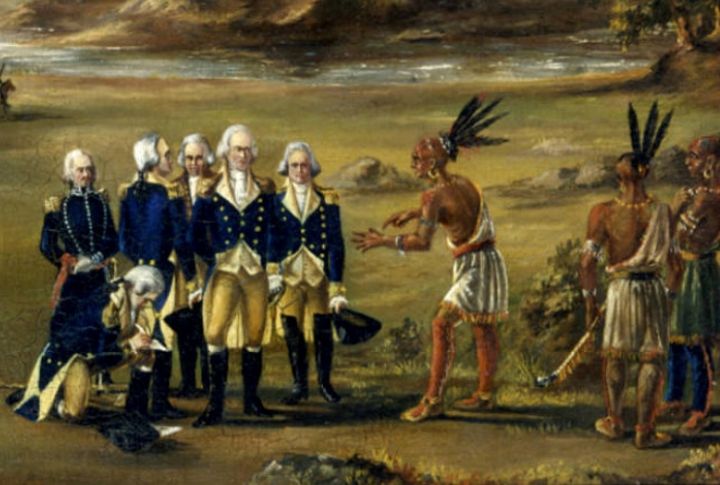
History is more than dates and battles. It’s the heartbeat of a people. The Odawa, a resilient Great Lakes tribe, shaped their destiny through alliances, trade, and war. Their journey is filled with surprising turning points. Each event tells a powerful story of strength and an unbreakable connection to their homeland.
Forming The Council Of Three Fires
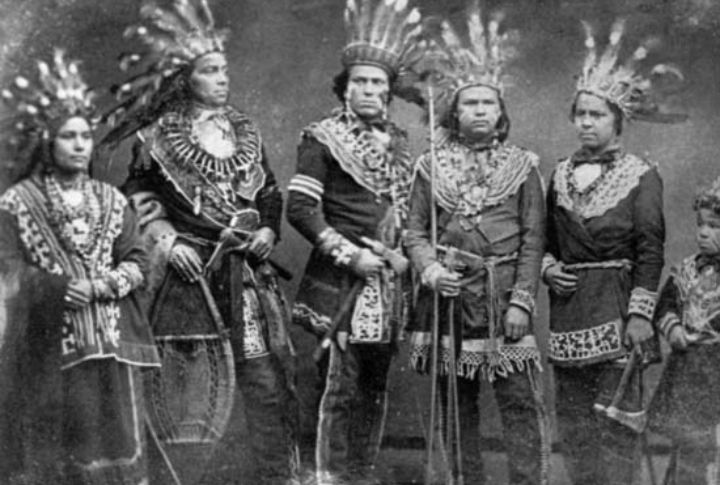
Great empires are built on strong alliances, and the Odawa knew this well. In the 1600s, they joined forces with the Ojibwe and Potawatomi, forming the Council of Three Fires. This confederacy wasn’t just about survival. It made them a dominant force in trade, warfare, and diplomacy across the Great Lakes.
Rising As Fur Trade Leaders
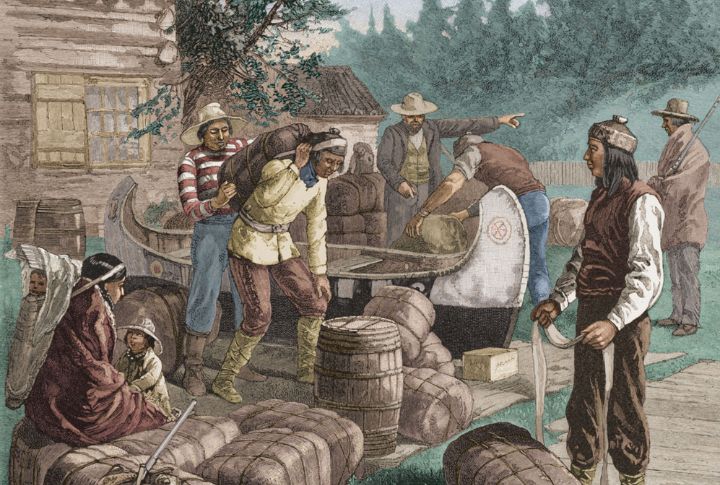
Back then, wealth was measured in pelts, not gold. As European demand for furs skyrocketed, the Odawa took control of the trade routes, linking inland tribes with French traders. Their strategic position in Michigan made them indispensable. However, competition and colonial interference soon turned profit into peril.
Fighting In The French And Indian War
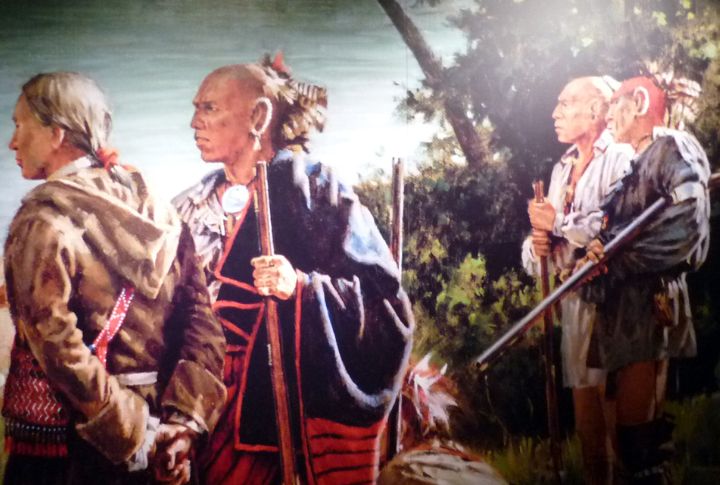
Wars define nations, and the Odawa found themselves at the center of one in the 1750s. Choosing to side with the French against the British, they fought fiercely to protect their land. Their intimate knowledge of the Great Lakes gave them an advantage, but Britain’s eventual victory reshaped everything.
Leading Pontiac’s Rebellion
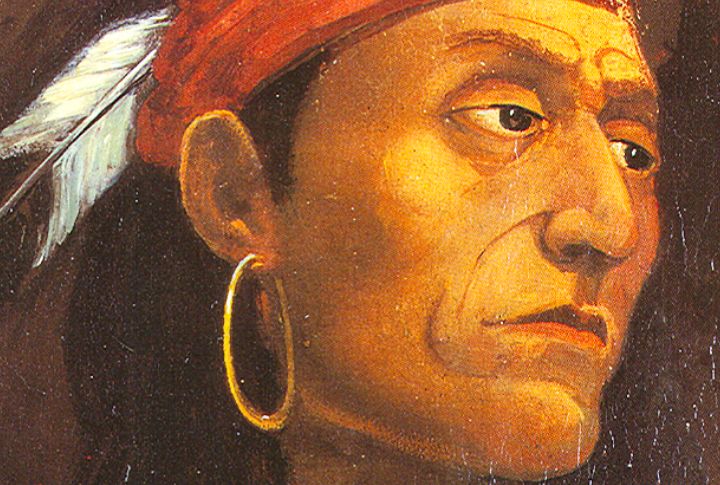
Defiance runs deep in Odawa’s history. In 1763, Chief Pontiac led a coalition of tribes in a fierce uprising against British control. They seized multiple forts, proving Indigenous resistance wasn’t going away. Though the rebellion didn’t drive out the British, it forced them to rethink their treatment of Native nations.
Losing Land In The Treaty Of Greenville
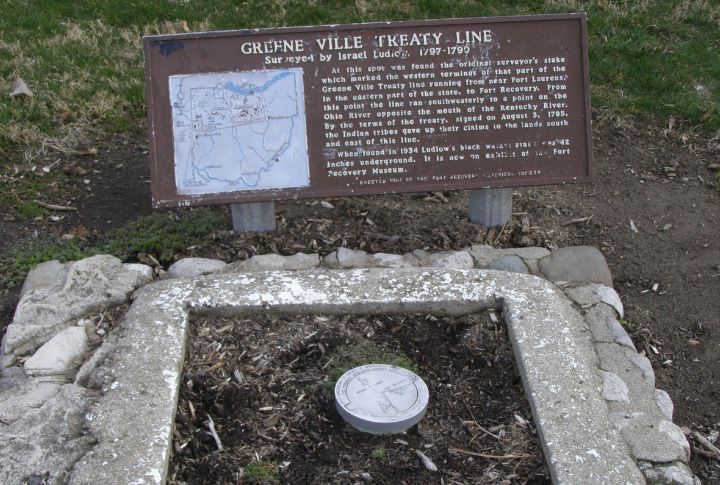
Ink on a treaty can change a people’s future. The 1795 Treaty of Greenville forced the Odawa to surrender vast lands in Ohio after the Battle of Fallen Timbers. This loss wasn’t just about territory. It also shifted power and made their survival dependent on trade and uneasy agreements with new settlers.
Facing Forced Removal
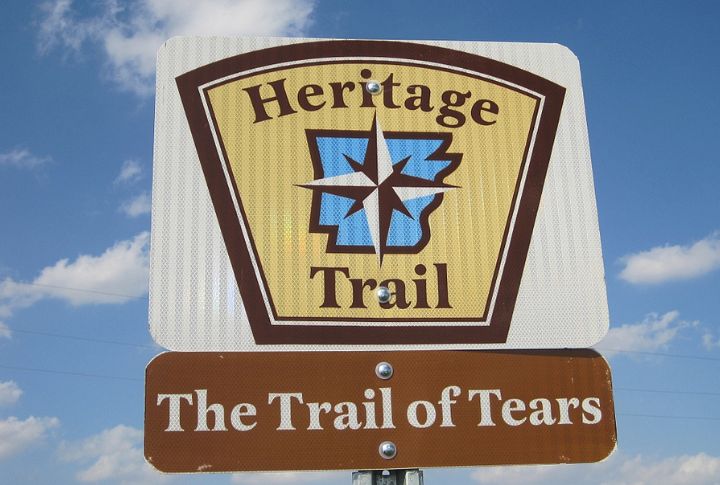
A homeland shouldn’t be negotiable, but the 1830s Indian Removal policies had other plans. Many Odawa were forced west, uprooted from lands they had lived on for generations. Some refused to leave, staying in Michigan and Canada, but the damage was done.
Serving In The Civil War
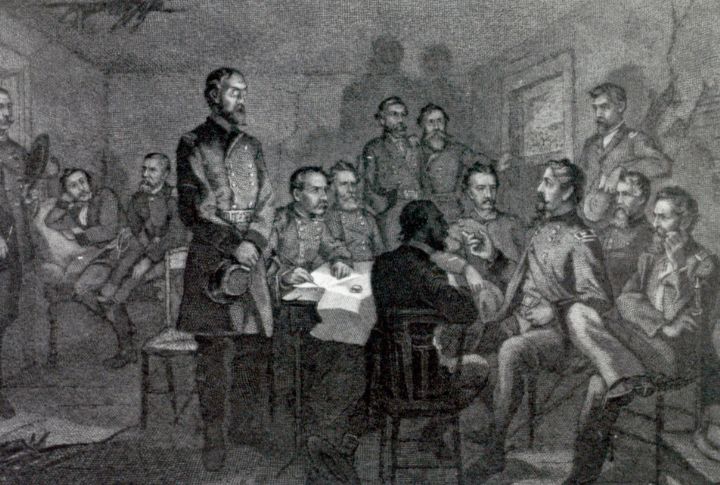
A divided nation meant hard choices for the Odawa. Many enlisted in the Union Army during the Civil War, hoping their service would earn them respect and rights. They fought in major battles, including Gettysburg, but recognition remained out of reach when the war ended. Another struggle for equality had just begun.
Rebuilding Through The Indian Reorganization Act
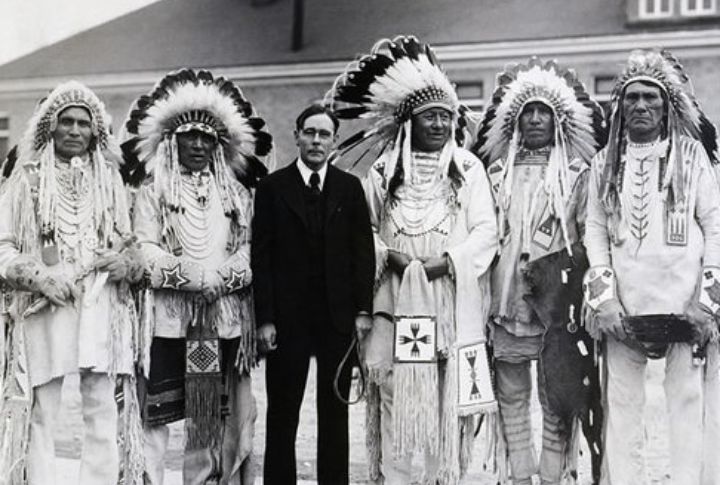
Not all government policies stripped rights. In 1934, the Indian Reorganization Act allowed tribes to reclaim autonomy. The Odawa restructured their governance, bringing back traditional leadership and cultural practices. This wasn’t just a policy shift but a turning point in rebuilding identity and self-determination.
Regaining Federal Recognition
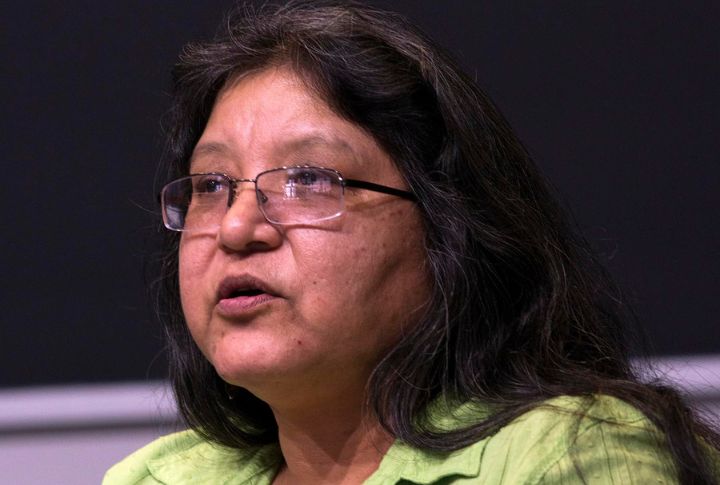
Federal recognition is more than a legal status. It’s a restoration of rights. In 1994, the Little Traverse Bay Bands and Little River Band of Odawa Indians regained recognition after decades of struggle. This meant sovereignty, self-governance, and economic opportunities that helped shape their modern identity.
Reviving Language And Culture

A nation lives through its language, and the Odawa ensures theirs doesn’t fade. Language immersion schools, digital tools, and elder-led storytelling breathe life back into Anishinaabemowin. Every sentence is a step toward preserving history, ensuring future generations stay connected to their roots.

